ABOUT
MAAscreen is a product innovated by 12 motivated McGill bioengineering students who have extensively researched the problem with conventional sunscreens.
Motivated by their passion for biology, innovation and a brighter future for our oceans, the team members have committed countless hours into developing a solution which is not only sustainable from an environmental and financial standpoint, but also feasible based on the current research on algae-derived mycosporine-like amino acids (MAAs).
About BDC
The biodesign challenge aims to think about future applications of biotechnology in a creative way. Mostly targeted towards arts and design students, the BDC asks participants to not only come up with a biology-related concept, but also to thoroughly envision the impact it would have on society.
A unique approach
Our team is entirely composed of bioengineering undergraduate students at McGill University in Montreal. In approaching the Biodesign Challenge, our scientific background allows us to see this project from a unique point of view, one that is rooted in a desire to engineer a better future.
OUR SOLUTION
MAAscreen, our eco-friendly and biodegradable sunscreen, resolves many environmental issues that arise from conventional sunscreens.
The chemical UV filters in these sunscreens, such as oxybenzone, threaten the marine environment.
We made it our mission to find a safer, more natural alternative for consumers.
Inspired by the concept of biomimicry, we came up with the idea of extracting mycosporine like amino acids (MAAs) from algae. These compounds
provide broad-UV protection similar to current available sunscreens.
To minimize environmental harm, we developed a product whose lifecycle would benefit the environment at every step of the way.
PROTOTYPE
Our prototype gives a preview of both the MAAscreen product
and its packaging format.
Since our main goal is to provide a more ecological
sunscreen product, we have opted for a
biodegradable packaging and reusable containers
for the MAAscreen product kit.

Sodium alginate, a product of brown algae, and calcium lactate are used to form the packaging “bubble”
that
will enclose the appropriate portions of sunscreen required instead of
commercial plastic bottles.
Our packaged cream comes in a “tear-drop” shape and can be
customized to come in different sizes.
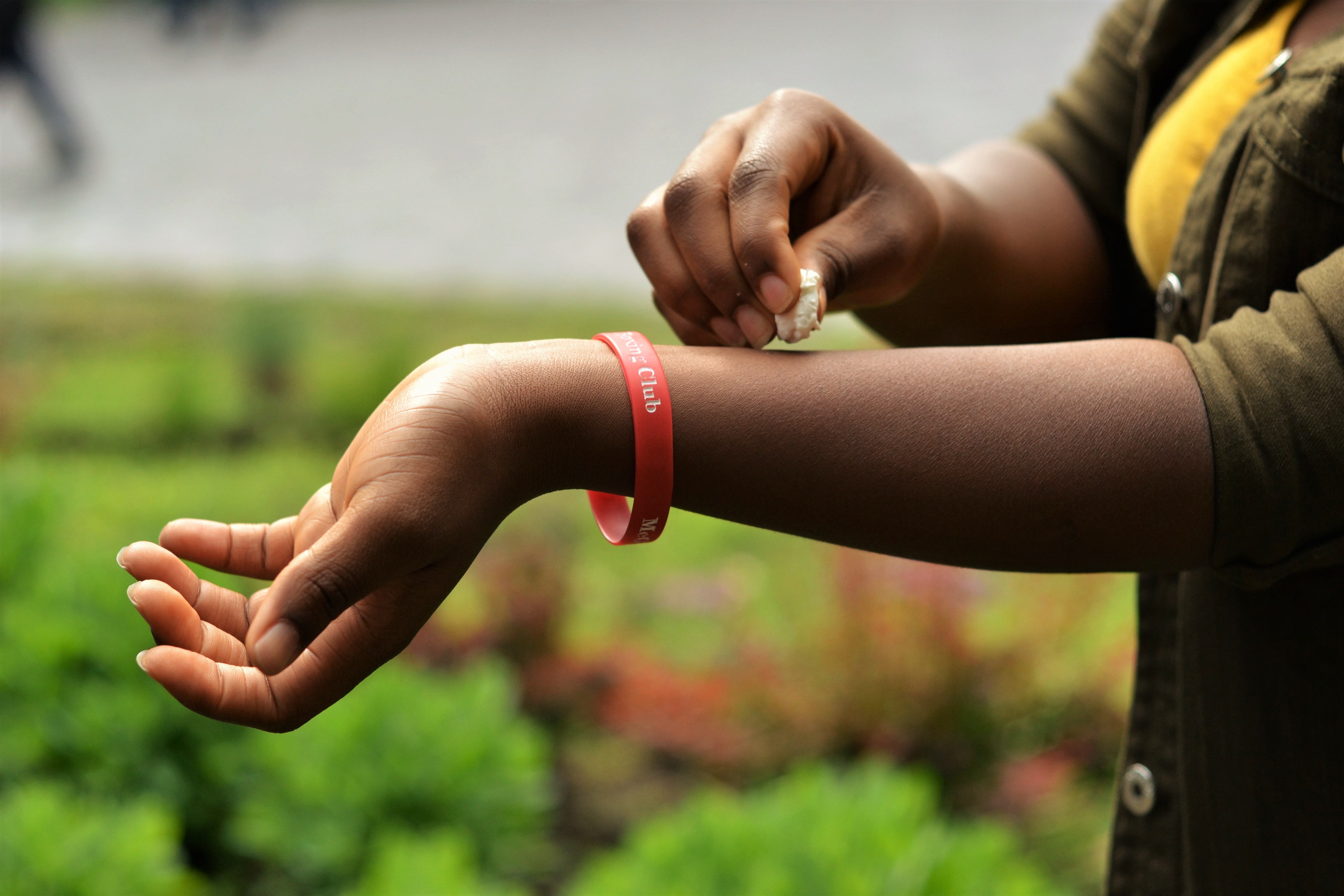
Furthermore, the kit includes mess-free portable cases to place the MAAscreen balls that are to be used when going outside.
This allows for immediate application, as one simply picks up a MAAscreen ball and applies it on the desired region.
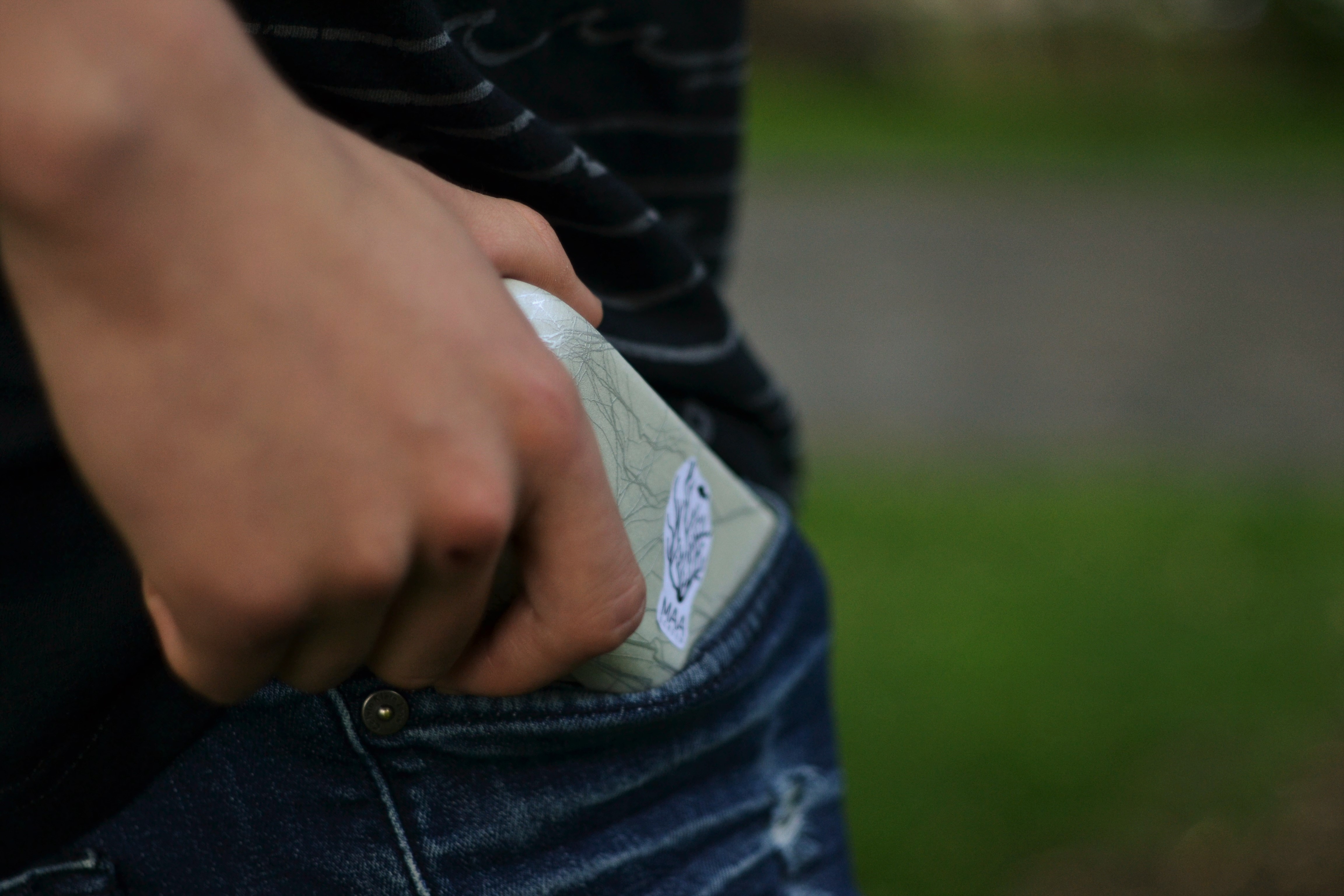
RESEARCH
Why choose MAAscreen?
As previously mentionned, oxybenzone, the compound found in current sunscreens, is detrimental to the environment. Mycosporine-like amino acids (MAAs) are a naturally ocurring, UV-blocking chemical compound released by algae and cyanobacteria when exposed to light. MAAs show promise as an alternative since they are biodegradable, easy to harvest and are already present in nature. The MAAs can then be processed such that they have a strong bioadhesive property, making them water-resistant and long-lasting. Most of the current research on MAAs is based on the algae known as Gracilaria vermiculophylla, a ground-roaming algae that grows as a source of food in oyster farms, but often ends up harming the environment in which it grows.
Production
To ensure a constant flow of MAAs, we will maintain an algaculture based on photobioreactors (PBRs). PBRs will ensure
the optimization of MAA output from the algae farms. The MAAs can be harvested from a variety of algae through a common lysing procedure.
They will then be purified, mixed with other agents such as moisturizers, and finally made into bioadhesive molecules to
properly adhere to the skin. The final product will be encapsulated in an alginate film, creating the custom-sized "bubble" of sunscreen
without the need for plastic packaging.
Furthermore, a section of our company will be entirely devoted to bioremediation. Every spring, harmful algal blooms (HABs) take over
some bodies of water, suffocating the wildlife beneath them by depriving them of light and food. We would filter the algae out of
the water and harvest the collected algae for their MAAs, effectively creating a net positive outcome for the life
cycle of our product.
Potential harm
The sunscreen "bubbles", with their attractive and small size, might lead children to think they are candy.
Although this product is natural and biocompatible, the sunscreen should not be consumed; the adhesive used for the encapsulation
of the sunscreen can lead to health complications, such as suffocation if ingested.
Another potential risk is during harvesting of the HABs. It is important to differentiate the species of algae
during cultivation and harvest solely the harmful ones. If this is not respected by the harvesting companies, the biodiversity
of marine life could decrease, which is counterproductive to our mission.
For this reason, we will ensure that biologists and ecologists work in collaboration with our remediation teams
to ensure a proper cleanup.
Meet the team
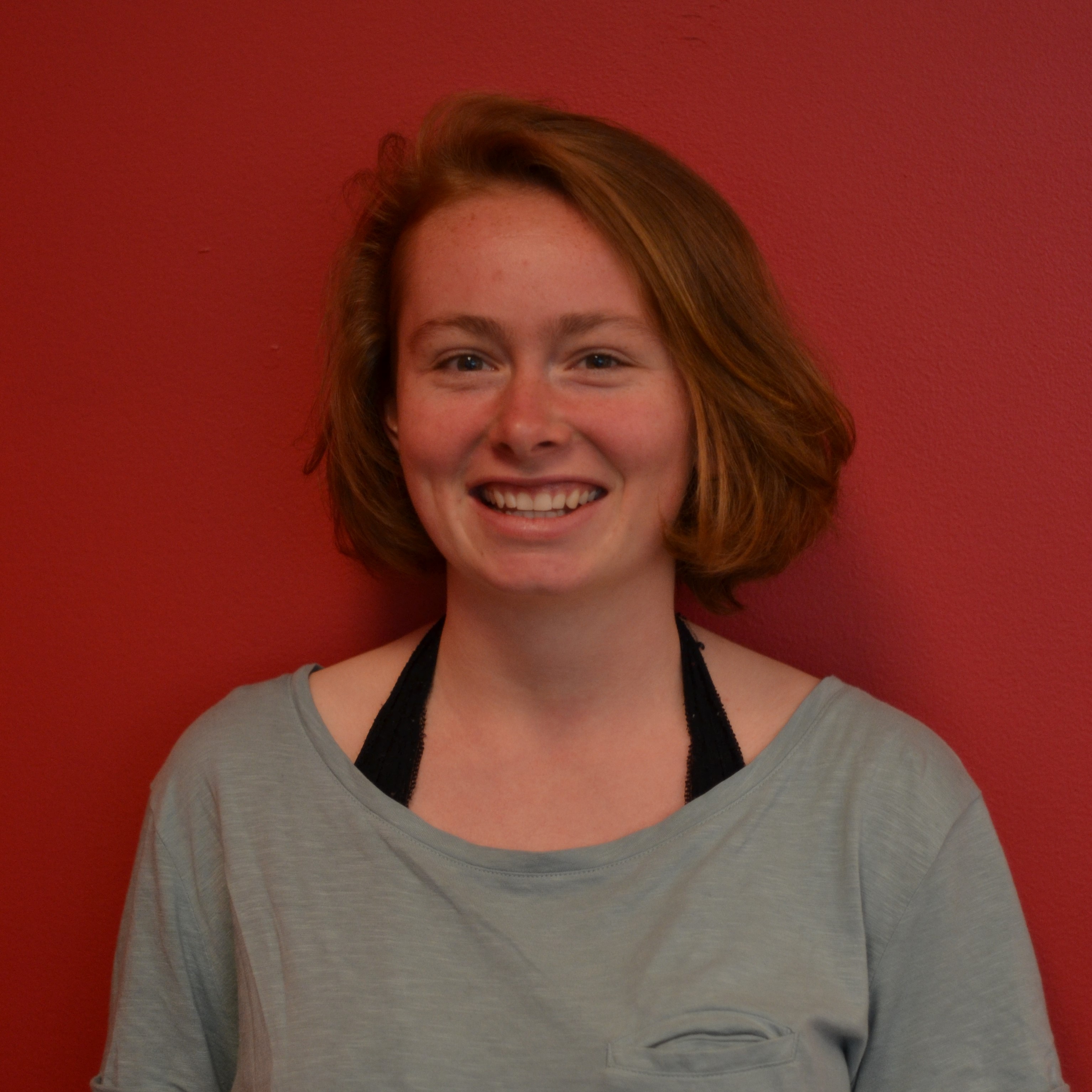
Ella Reifsnyder
Team Leader
Kieran Guinan
Head of Research Subcommittee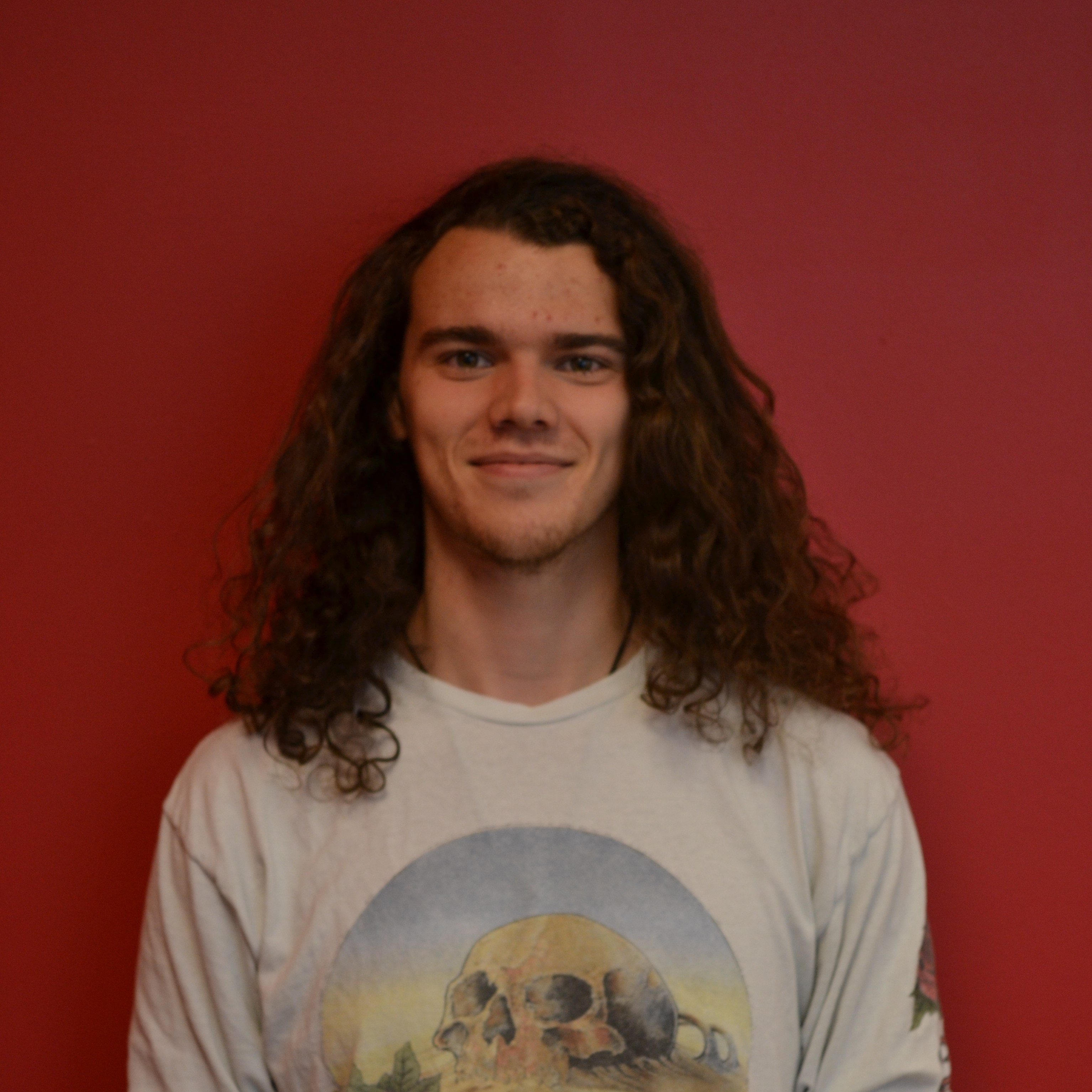
Lucas Hamilton-Bourezg
Head of Website Subcommittee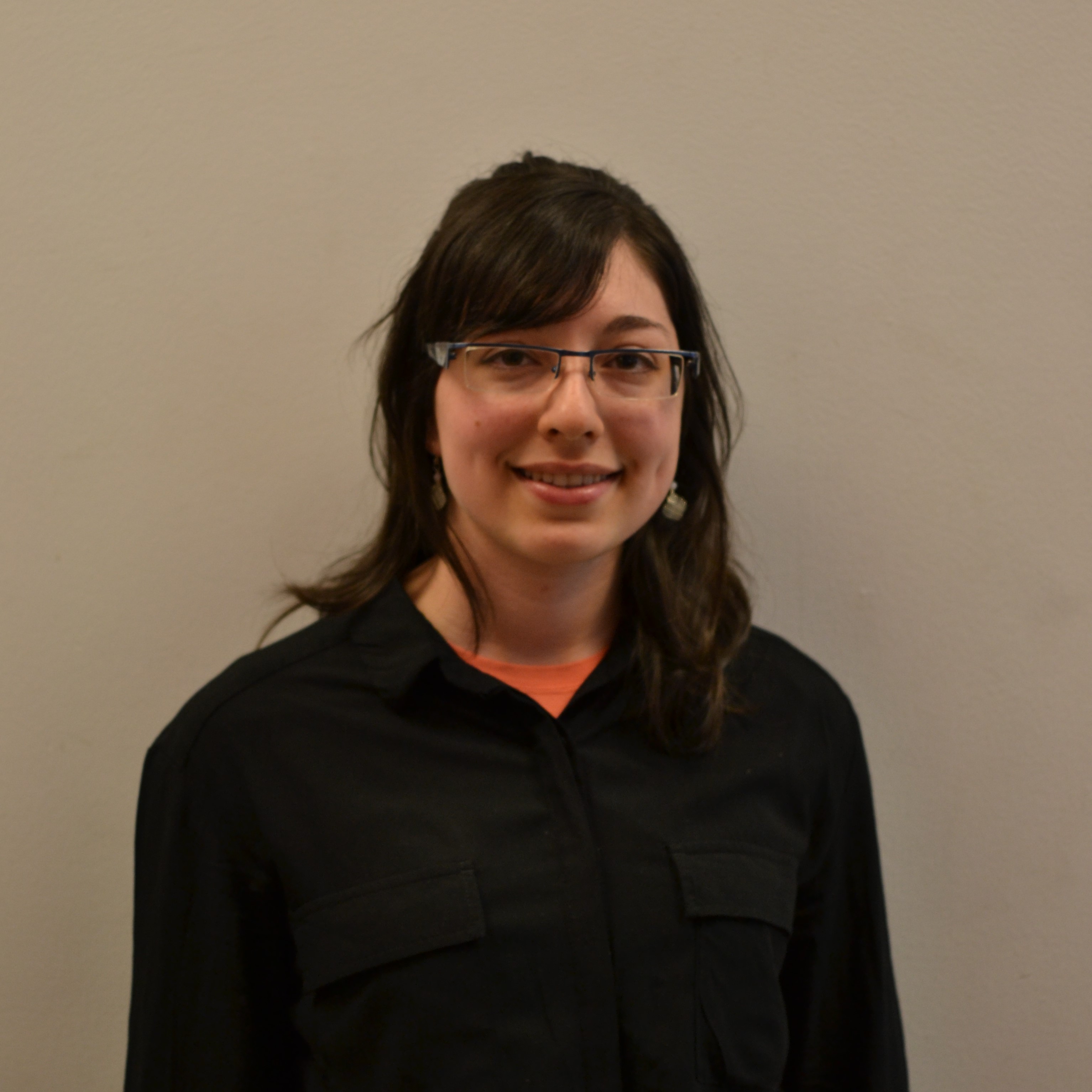
Ora Cohen
Head of Budget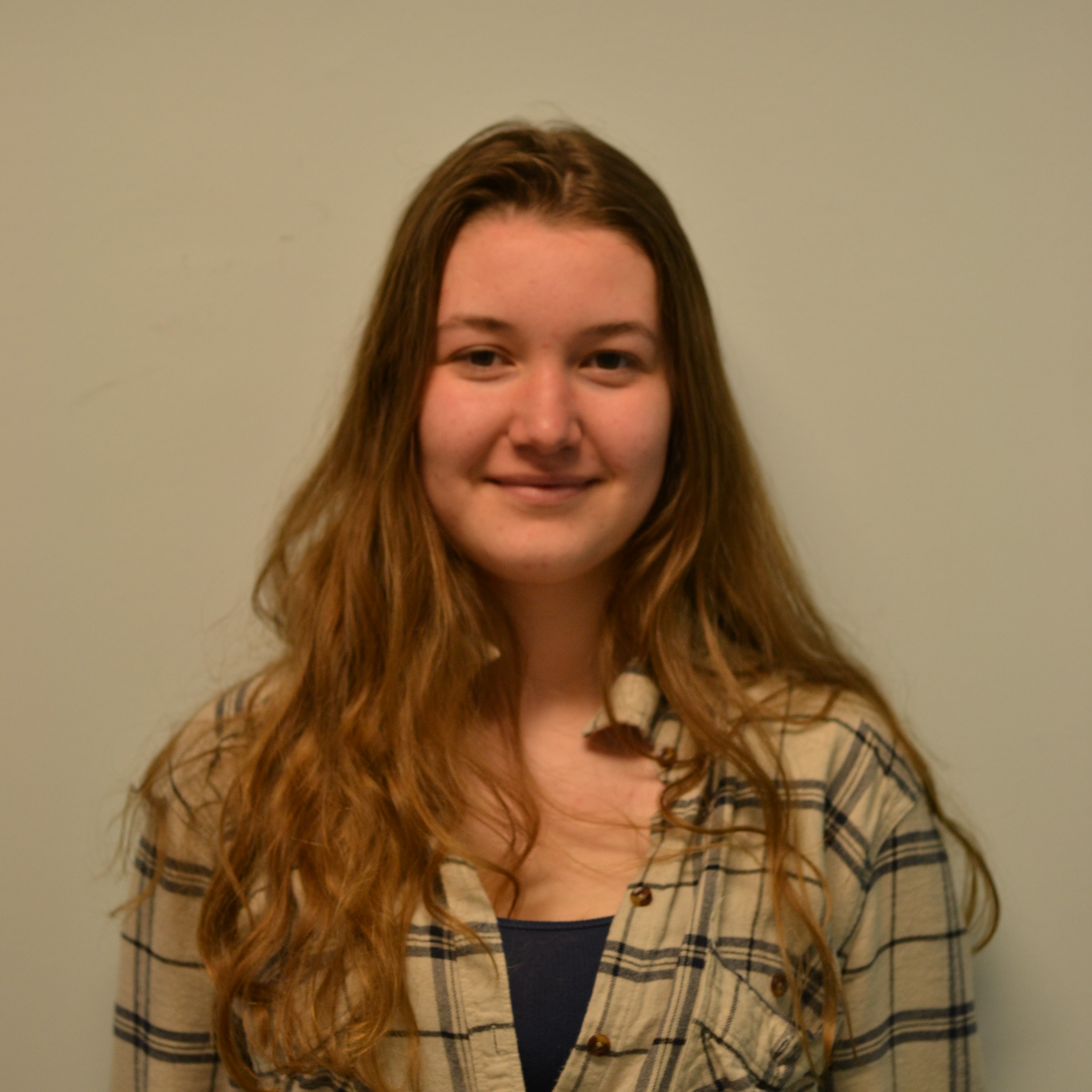
Sarah Jurchuk
Prototype leader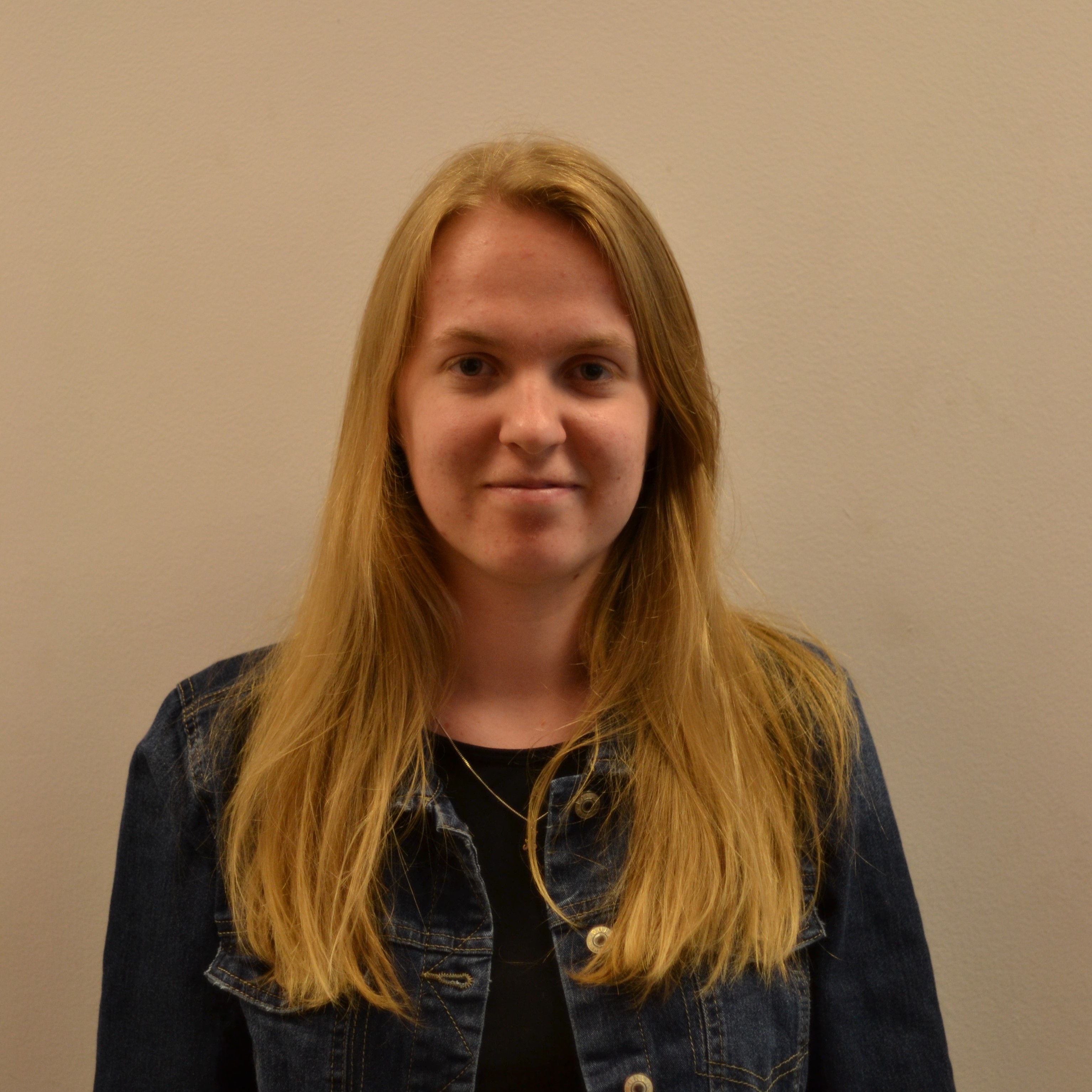
Anne-Marie Doucet
Presentation leader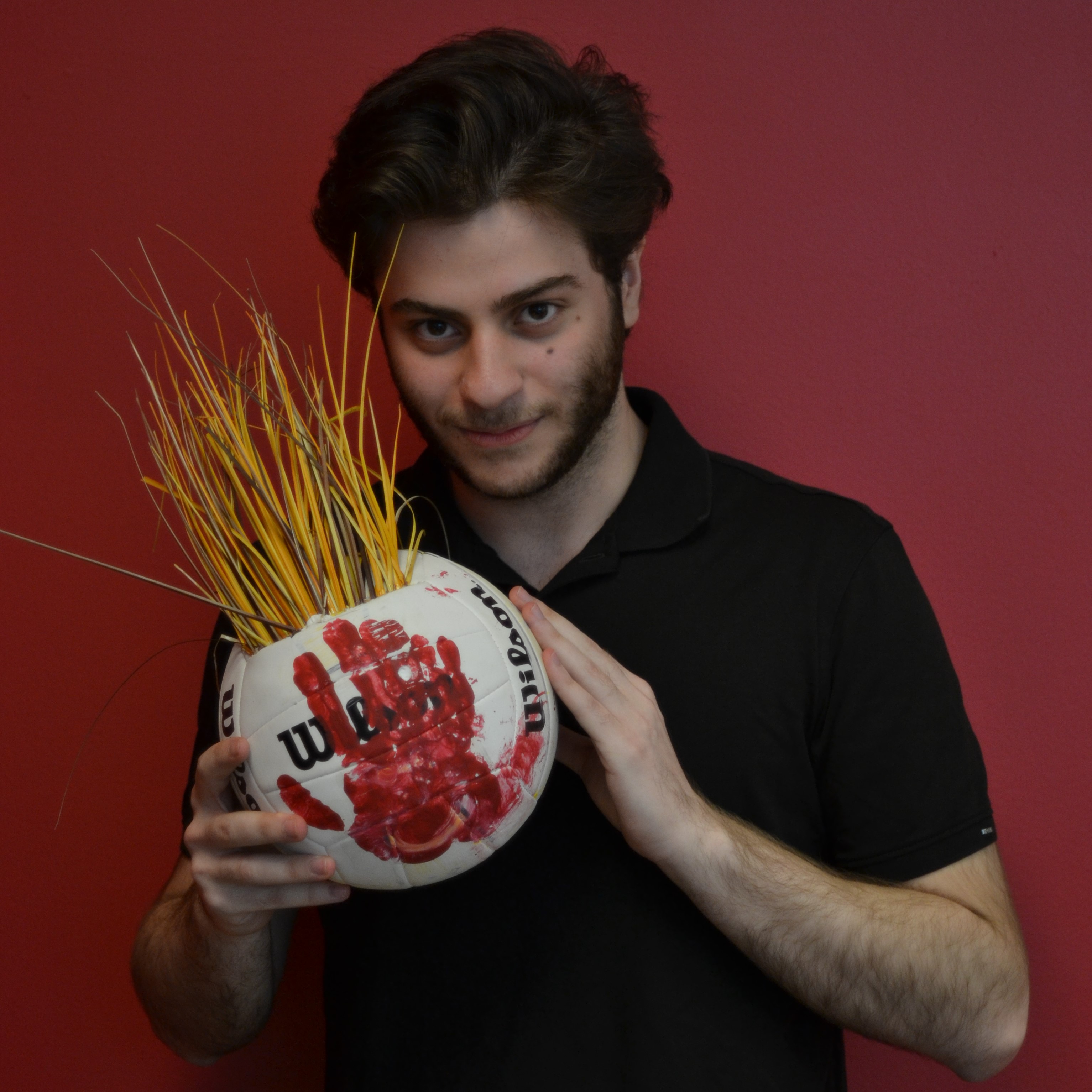
Mustafa Fakih
Head of Finance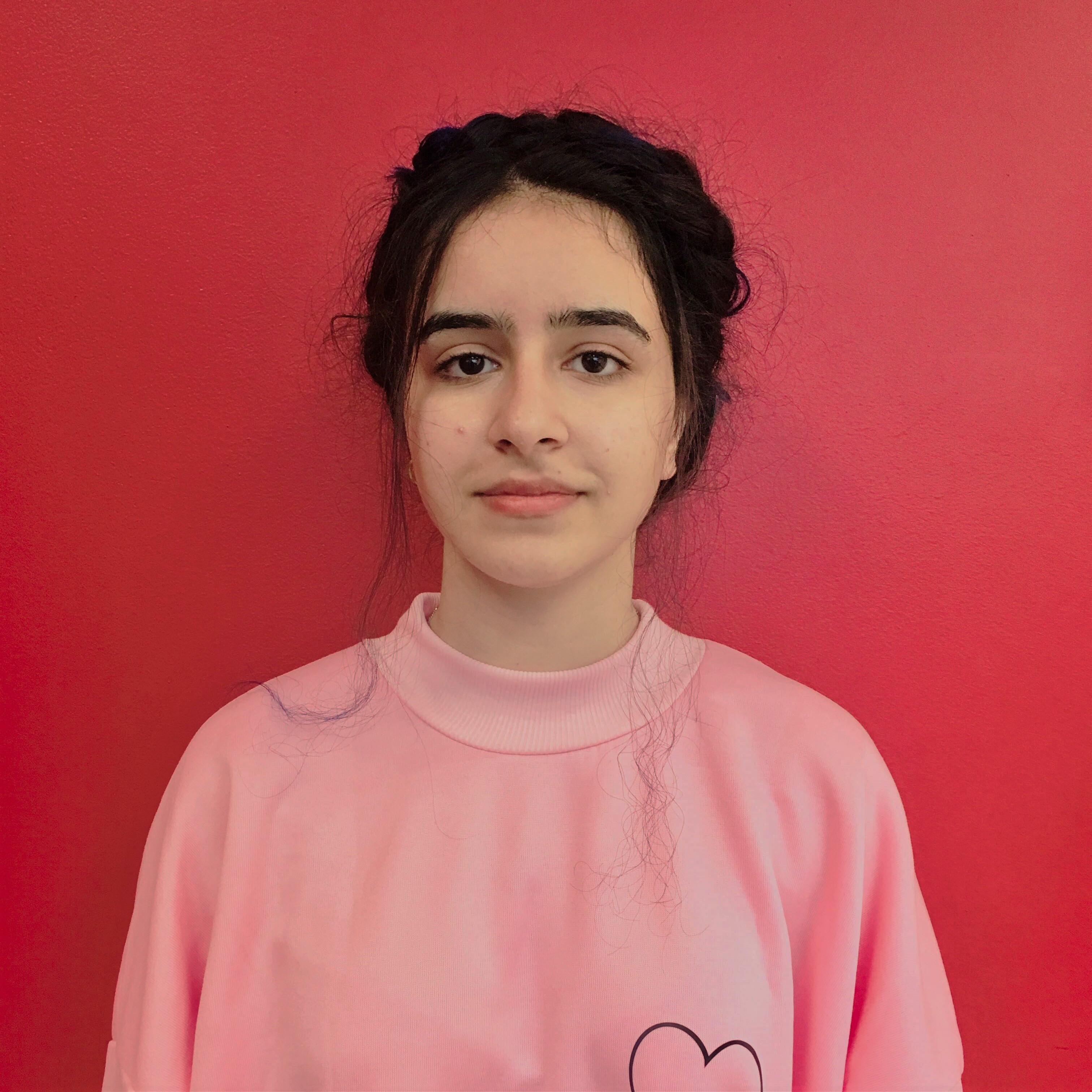
Kimia Shafighi
Head of Management
Danièle Sossou
Team member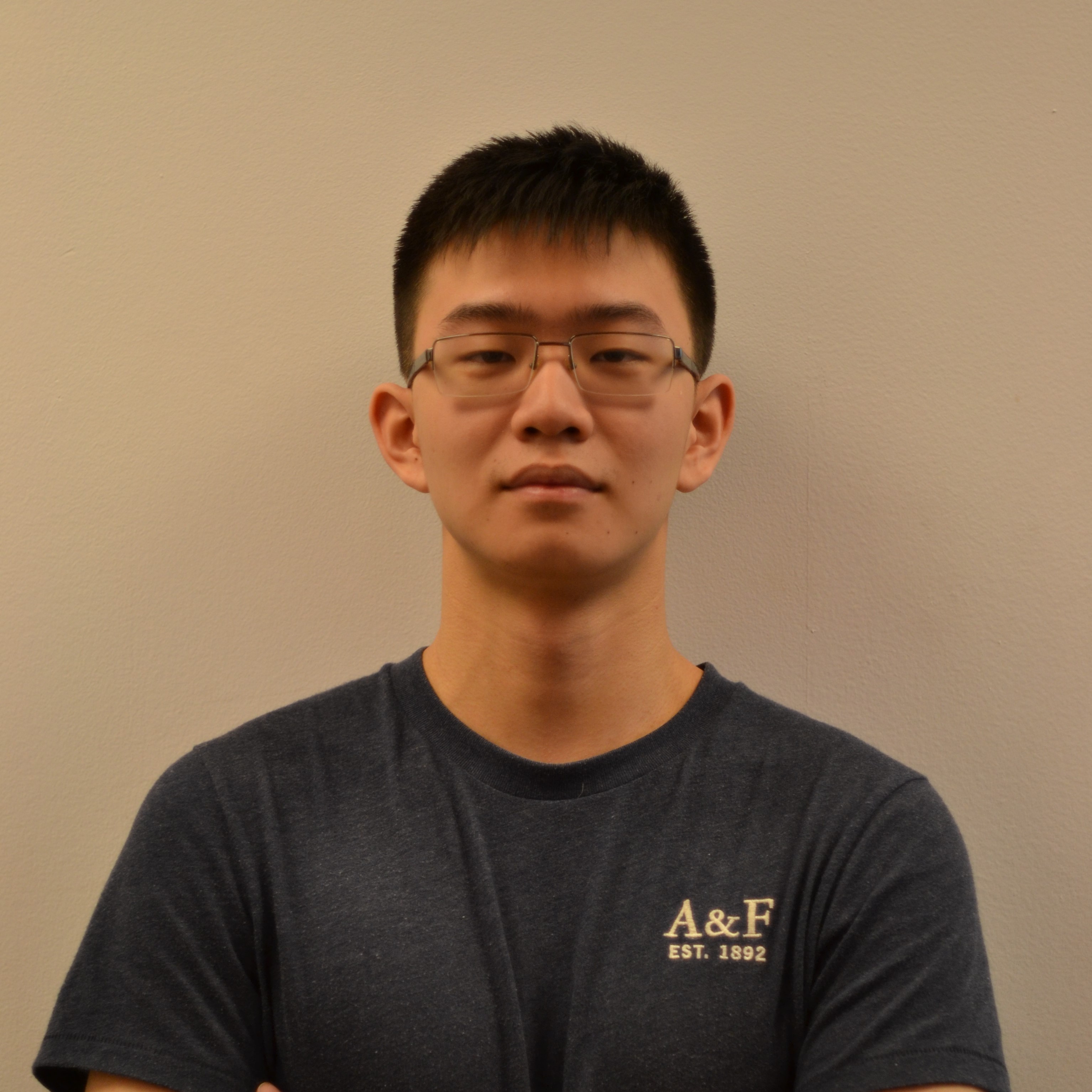
Wen Da Lu
Team member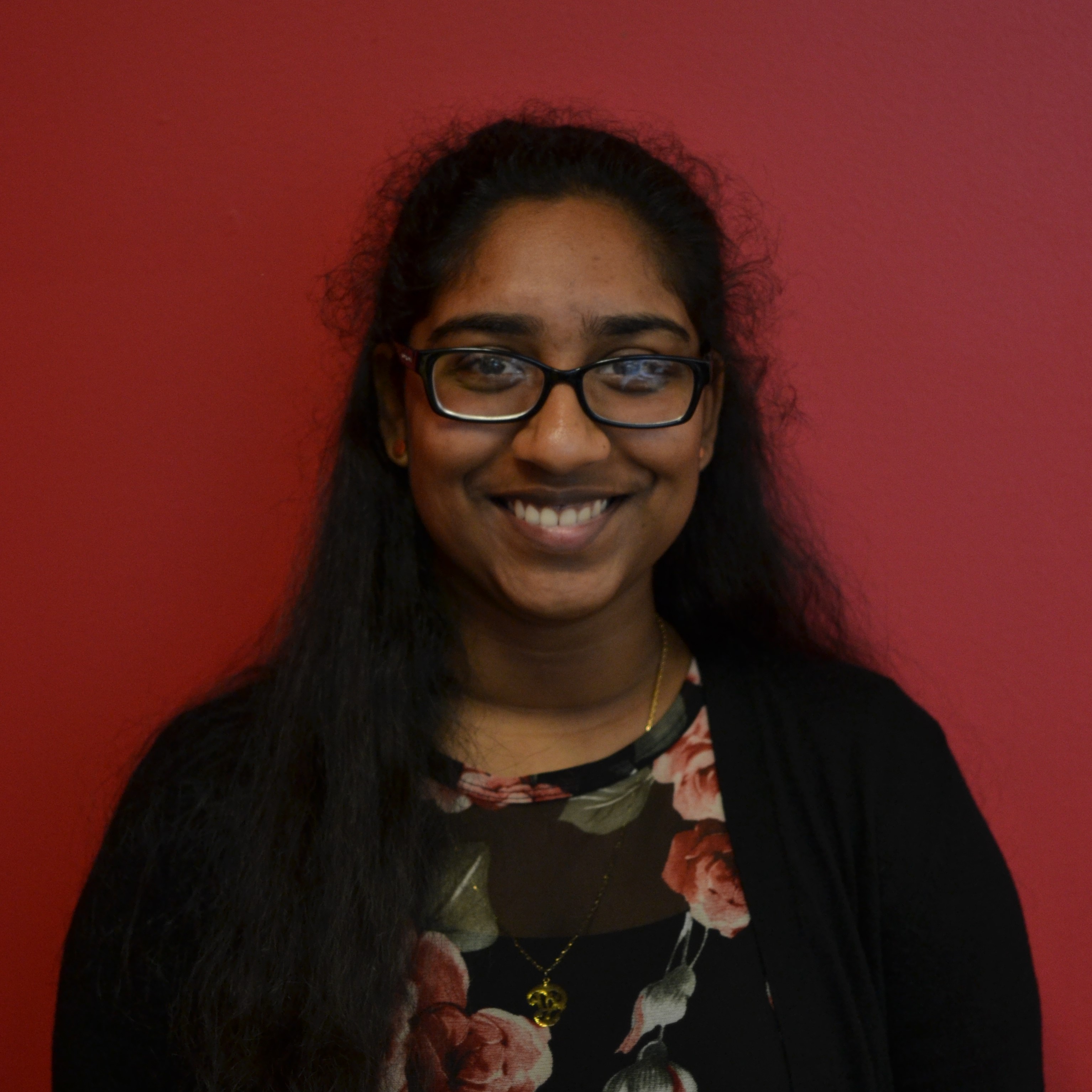
Mathura Ka
Team member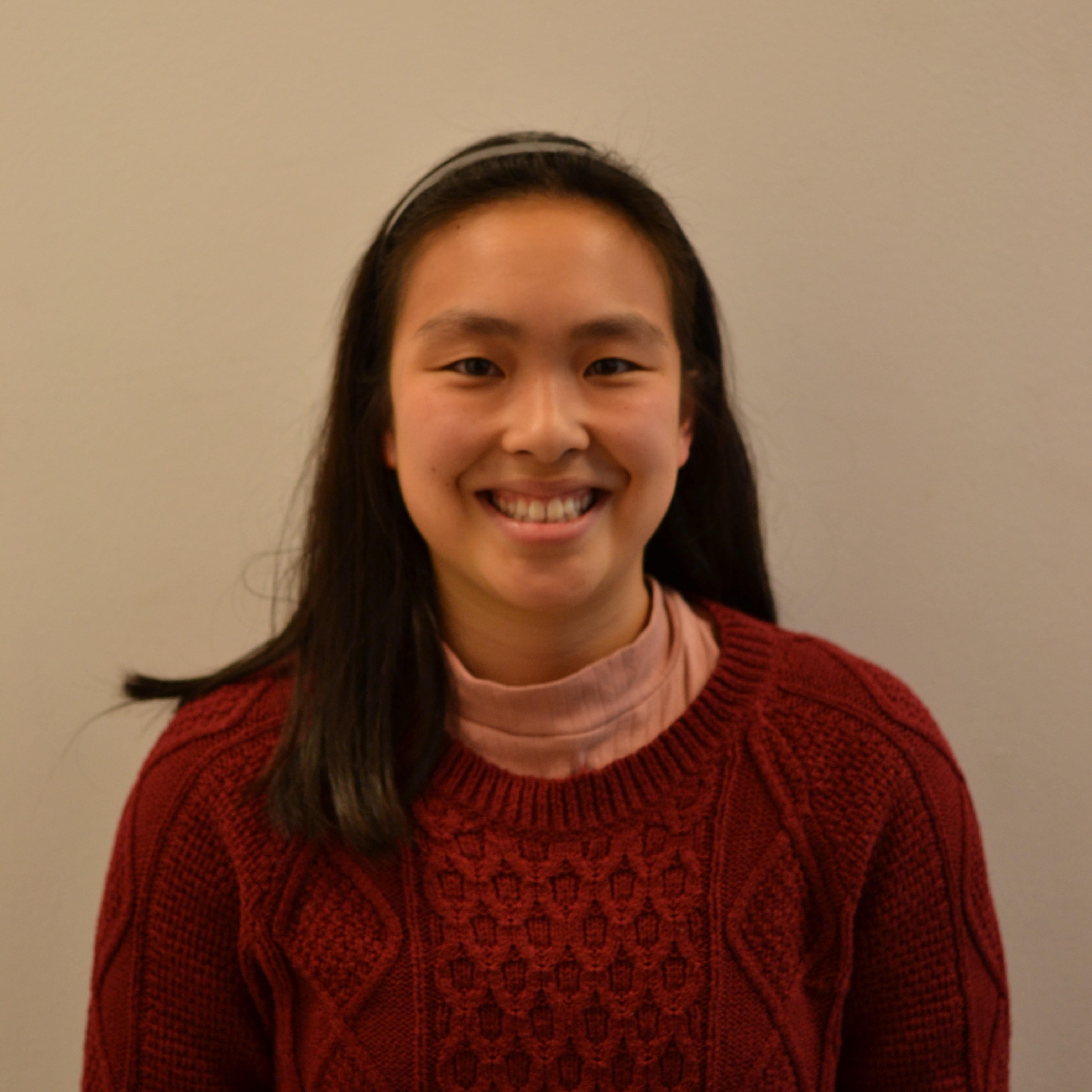
Megan Wai
Team memberContact Us
For further inquiries, please contact us at buss.vpexternal@mcgilleus.ca

